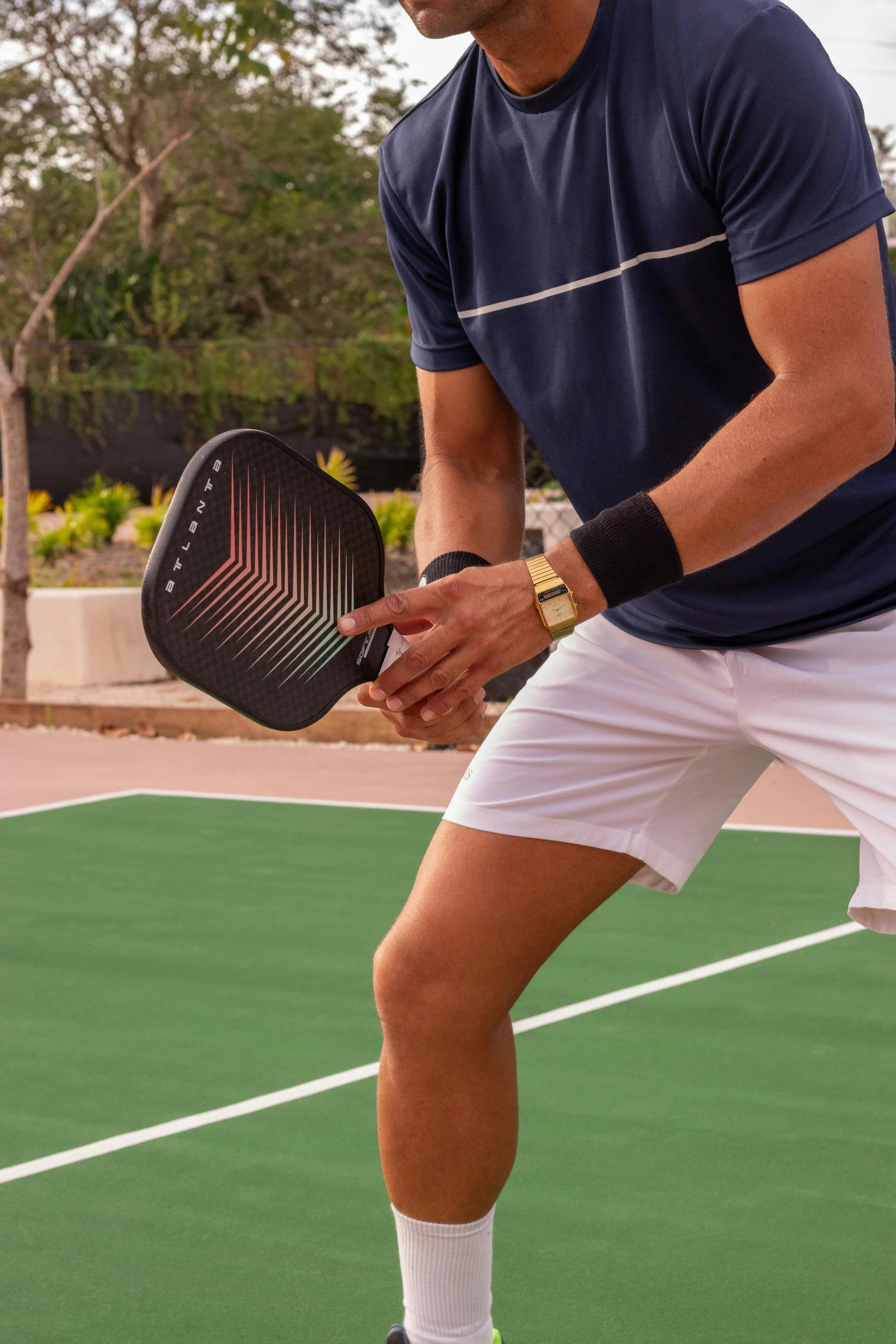Pickleball & Tennis in Austin: Strength Training That Protects Your Elbow and Shoulder
Adult playing pickleball on an outdoor court.
Pickleball & Tennis in Austin: Strength Training That Protects Your Elbow and Shoulder
With racquet sports booming—pickleball participation jumped ~46% year‑over‑year in 2024—more Austinites are hitting local courts…and more are feeling elbow and shoulder pain. Smart, targeted strength training helps you play better and avoid time off the court.
Why strength training matters for racquet sports
Repeated swings, serves, and quick changes of direction load the forearm, shoulder, and core. Well‑designed strengthening improves joint control and tissue capacity—key for preventing lateral elbow tendinopathy (tennis elbow) and shoulder impingement. Evidence supports eccentric loading for tennis elbow and scapular/rotator‑cuff work for overhead athletes.
The PT‑Built Strength Plan (2–3x/week)
Note: Start light; pain during/after should be ≤3/10. Progress loads gradually.
Forearm & wrist (tennis elbow protection)
Wrist extensor eccentrics (dumbbell): 3×12–15 each side
Pronation/supination (hammer): 3×10 each
Why: Eccentric programs improve pain and function in lateral elbow tendinopathy.
Shoulder & scapula (overhead stability)
Band external rotations (elbow at side): 3×12–15
Prone Y/T or banded scapular retraction: 3×12
Landmine or cable presses: 3×8–10
Why: Scapular‑focused programs improve pain and proprioception in shoulder impingement populations.
Core & hip (power transfer / knee control)
Front plank: 3×30–45s
Side plank: 3×20–30s each
Split‑squat: 3×8–10 each
Why: Trunk/hip control reduces overload to the elbow/shoulder during strokes. (Synthesis of overhead‑athlete rehab literature.)
Athlete performing a side‑plank exercise on a mat to build core and shoulder stability.
On‑court warm‑up (5–7 minutes)
Dynamic arm circles → band rows → mini‑hops → shadow swings (50% speed)
Finish with 5 easy serves before playing
When to get help
If pain lasts >10–14 days, or you’ve had a spike in play volume, a PT assessment can identify technique, mobility, or workload issues and build a return‑to‑play plan.


